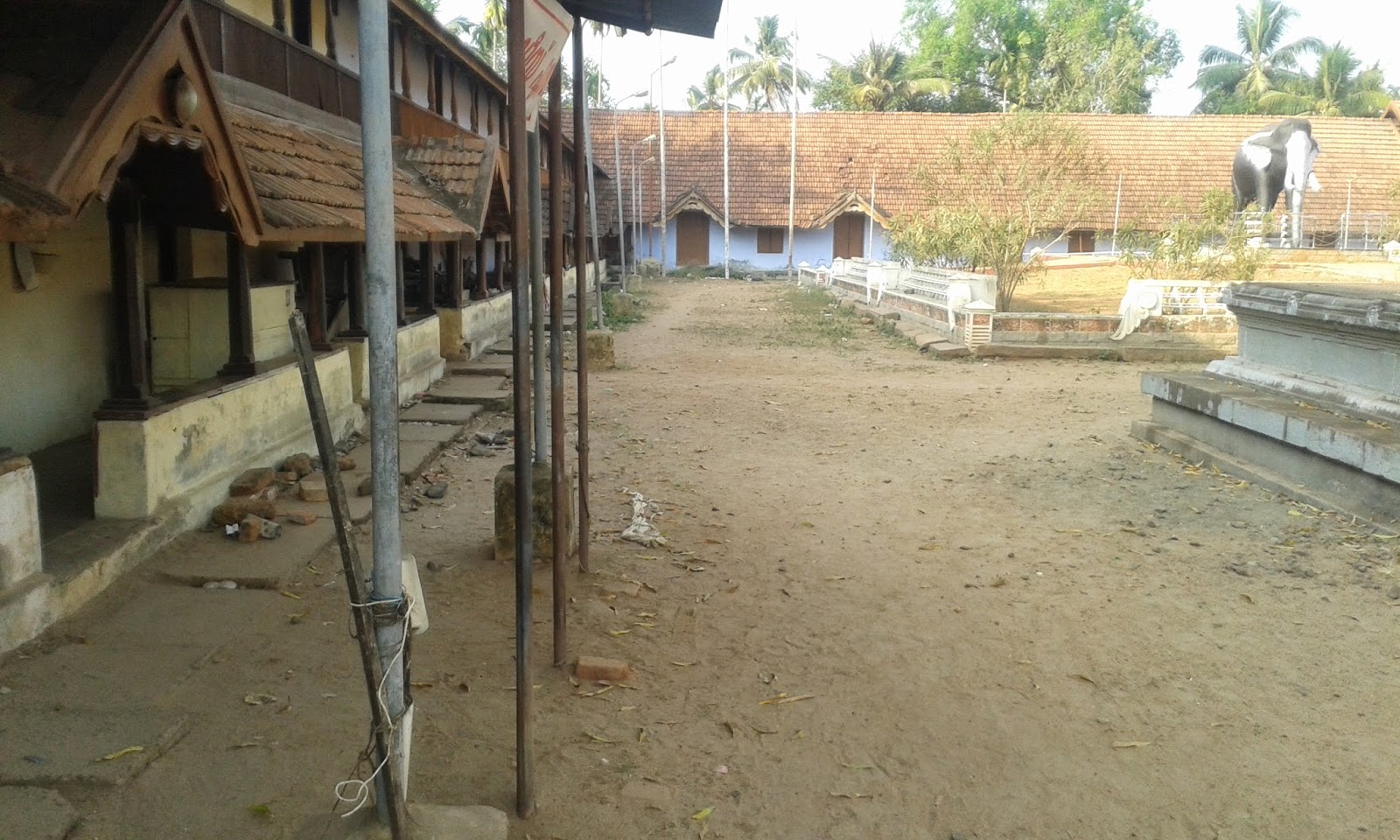A look at the world of politics, statecraft, diplomacy and books
Narendar Modi's trip to the US was a success in every sense of the term. There was great trepidation amongst the chattering classes in India about his seeming lack of exposure to the rarefied atmosphere of high diplomacy and statecraft. However, the wide knowledge and the intellectual depth at his command enabled Modi to not only make a success of the trip but also drove home to his audience in US that India is rapidly moving toward a more aggressive economy. He rightly emphasized the economic potential of India and did not really address issues that do not concern India directly. Perhaps he was the first major Indian statesman who resisted the temptation to play hero in a otherwise drab pantomime. We have only to recall the manner in which that absurd man, Jawaharlal Nehru used to strut about on the international state and was so taken in by the empty adulation of the Western world that he ignored the domestic scene entirely and India had to pay a very heavy prize. Narendar Modi has set out to remake India in the image of an Asian country and therefore his priorities lie in the economic sphere and in all the major speeches he gave in USA he dwelled on what he called the 3 Ds peculiar to India" Democracy, Demographic Dividend and Demand.

The cartoon on the left illustrates the dismal level from which Narendar Modi rose. For more than a decade he was denied visa to enter the USA because a handful of American busybodies like Martha Nussbaum, Howard Spodeck and others petitioned the US Congress on Mod's alleged involvement in the 2002 Riots. Even after the Supreme Court of India gave Modi a "clean chit" these liberal intellectuals persisted in their offensive and the State Department obliged them. I wonder why these intellectuals do not show the same outrage to the atrocities of US allies like Israel. Modi was given the reception which would be the envy of a rockstar and I must say that Narendar Modi enjoyed every moment of his 5 day stay in USA. Not once did he allow his personal predilection cloud his demeanor.

Narendar Modi touched all the right bases in USA. He paid a floral tribute at the 9/11 Memorial by laying a yellow rose on a black marble slab containing the names of those who died on that fateful day. I think he is the first Indian Prime Minister to honour the 9/11 victims and this goes to show the sophistication with which he had planned the trip.

The purpose of the visit to the US was to address the UNGA. Narendar Modi spoke like a true statesman. Speaking after Pakistan's Prime Minster, Nawaz Sheriff had spent nearly 10 minutes ranting and raving about India, Modi dismissed Pakistan with just a single line and went on to spell out his vision for a New World Order in which India will have its rightful place. He said that the 5 victors of World War II are the permanent members of the Security Council and this does not reflect the reality of the 21st Century which Modi said belonged to Asia. He touched on the crisis created by International Terrorism and cautioned against using Terror as an instrument of regime change. As I predicted in an earlier blog, Narendar Modi refused to be drawn into a debate over ISIS/ISIL.

The Indian Community had organized a gala event at Madison Square. Before a crowd of 20,000 which included more than 20 Congressmen and Senators, Modi spoke about his vision for a new India. He did not dwell on Indo- US relations except to say that there were visa issues that bedeviled the relationship between the two countries and this of course was a reference to the H-1 visa on which US has put a cap. Though there is no word yet abot the lifting of the cap, it is more or less certain that after Modi's intervention the number may be increased and this would certainly help the soft ware sector in India. He also announced that Indians in USA will be given a life time visa and obviously this was welcomed with thunderous applause. Throughout his speech, Modi spoke of his campaign of Clean India and Make in India and welcomed the Indian community in USA to participate in the Clean Ganga Initiative which Modi has launched in Varanasi.

In the leading Foreign Policy Think Tank, Council for Foreign Relations, Narendar Modi spoke about the economic partnership between India and USA. He defended India stand in the WTO negotiations by stating that Food Security is not negotiable but hinted at flexibility on other issues. India has been promised 41 billion dollar investment by American financial institutions and that is certainly welcome.
The visit culminated with a summit meeting with President Barack Obama at the White House. Obama was certainly a gracious host and both the Prime Minster and he visited the Martin Luther King Memorial in Washington. Narendar Modi did what no Indian Prime Minister has ever done before. He handed over DVDs containing the speeches of the great African- American civil rights leader to the President. The joint statement issued at the end of the visit was short on specifics but it did contain enough to demonstrate the success of the Meeting. Modi did not commit himself to any strategic partnership with USA, but stressed the need for technology transfer.
The 5 day visit was a grand success. Modi was able to conncet with the youth even in USA which turned out in large number to greet him. I cannot remember any politician who would end his speech with a line from Star Wars: Let the Force be with you.



























